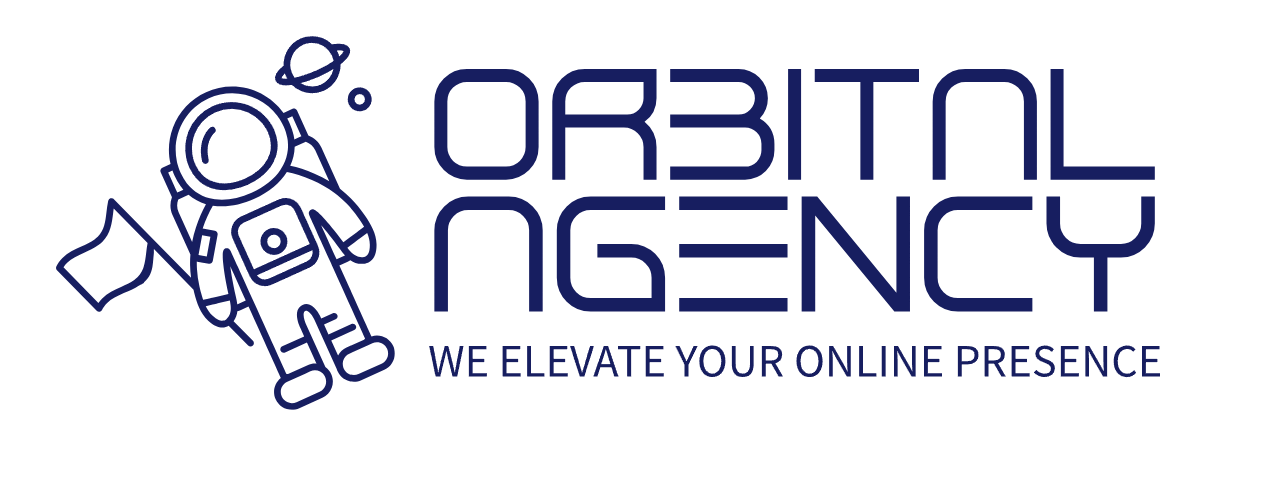How to Create a Website That Reflects Your Brand
Your website is often the first impression customers have of your brand—and first impressions matter. If your site doesn’t feel like you, visitors will move on. That’s why designing a website that reflects your brand identity is essential to building trust and standing out.
Here’s how to design a site that’s not only functional, but fully aligned with your brand.
1. Start With Your Brand Strategy
Before choosing colors or fonts, define your brand personality. Are you bold and edgy, or calm and professional? What tone of voice do you use—casual, formal, inspirational? The answers guide all design decisions.
2. Use a Consistent Color Palette
Choose 2–4 core colors and use them throughout your site. Stick to your brand’s primary and secondary color schemes for backgrounds, buttons, headings, and accents. Consistency makes your site feel cohesive and intentional.
3. Choose the Right Typography
Fonts convey emotion. A luxury brand might use elegant serif fonts, while a tech startup may prefer clean, modern sans-serifs. Pick one font for headings and one for body text—and use them consistently across all pages.
4. Showcase Your Logo the Right Way
Your logo should appear on the top-left of every page and be clickable to return to the homepage. Make sure it displays crisply on all screen sizes, including retina displays and mobile devices.
5. Reflect Brand Tone in Your Copy
The words on your site should match your brand’s personality. If you’re playful, don’t sound corporate. If you’re authoritative, avoid slang. Headlines, CTAs, and paragraph text should all speak in your brand’s voice.
6. Use On-Brand Imagery
Choose photos, illustrations, or videos that align with your aesthetic. If you’re a high-end service provider, use professional lifestyle shots. If you’re a vibrant startup, use colorful illustrations or customer-centric photography.
7. Tell Your Story on the About Page
This is where visitors connect with your mission. Share your brand journey, your values, and why you do what you do. Include team photos or a short intro video to add personality.
8. Use Design Elements That Support Your Brand
Do you use rounded corners or sharp edges? Animated transitions or clean static pages? Background patterns or minimal whitespace? These subtle design decisions communicate your brand identity on a subconscious level.
9. Align Your CTAs With Brand Language
“Let’s Talk” feels very different from “Schedule Consultation” or “Get Started.” Match your call-to-action wording to your brand’s tone for a consistent user experience.
10. Match Website and Social Branding
Your site should look like an extension of your social media profiles. Use the same headshots, cover images, messaging, and links to reinforce your brand across every platform.
Your brand isn’t just a logo—it’s a feeling. When your website reflects your unique identity, it becomes a tool for connection and conversion.
Schedule your Free Custom Website Demonstration today and see how we design sites that don’t just look good—but feel exactly like your brand.
Here’s how to design a site that’s not only functional, but fully aligned with your brand.
1. Start With Your Brand Strategy
Before choosing colors or fonts, define your brand personality. Are you bold and edgy, or calm and professional? What tone of voice do you use—casual, formal, inspirational? The answers guide all design decisions.
2. Use a Consistent Color Palette
Choose 2–4 core colors and use them throughout your site. Stick to your brand’s primary and secondary color schemes for backgrounds, buttons, headings, and accents. Consistency makes your site feel cohesive and intentional.
3. Choose the Right Typography
Fonts convey emotion. A luxury brand might use elegant serif fonts, while a tech startup may prefer clean, modern sans-serifs. Pick one font for headings and one for body text—and use them consistently across all pages.
4. Showcase Your Logo the Right Way
Your logo should appear on the top-left of every page and be clickable to return to the homepage. Make sure it displays crisply on all screen sizes, including retina displays and mobile devices.
5. Reflect Brand Tone in Your Copy
The words on your site should match your brand’s personality. If you’re playful, don’t sound corporate. If you’re authoritative, avoid slang. Headlines, CTAs, and paragraph text should all speak in your brand’s voice.
6. Use On-Brand Imagery
Choose photos, illustrations, or videos that align with your aesthetic. If you’re a high-end service provider, use professional lifestyle shots. If you’re a vibrant startup, use colorful illustrations or customer-centric photography.
7. Tell Your Story on the About Page
This is where visitors connect with your mission. Share your brand journey, your values, and why you do what you do. Include team photos or a short intro video to add personality.
8. Use Design Elements That Support Your Brand
Do you use rounded corners or sharp edges? Animated transitions or clean static pages? Background patterns or minimal whitespace? These subtle design decisions communicate your brand identity on a subconscious level.
9. Align Your CTAs With Brand Language
“Let’s Talk” feels very different from “Schedule Consultation” or “Get Started.” Match your call-to-action wording to your brand’s tone for a consistent user experience.
10. Match Website and Social Branding
Your site should look like an extension of your social media profiles. Use the same headshots, cover images, messaging, and links to reinforce your brand across every platform.
Your brand isn’t just a logo—it’s a feeling. When your website reflects your unique identity, it becomes a tool for connection and conversion.
Schedule your Free Custom Website Demonstration today and see how we design sites that don’t just look good—but feel exactly like your brand.
